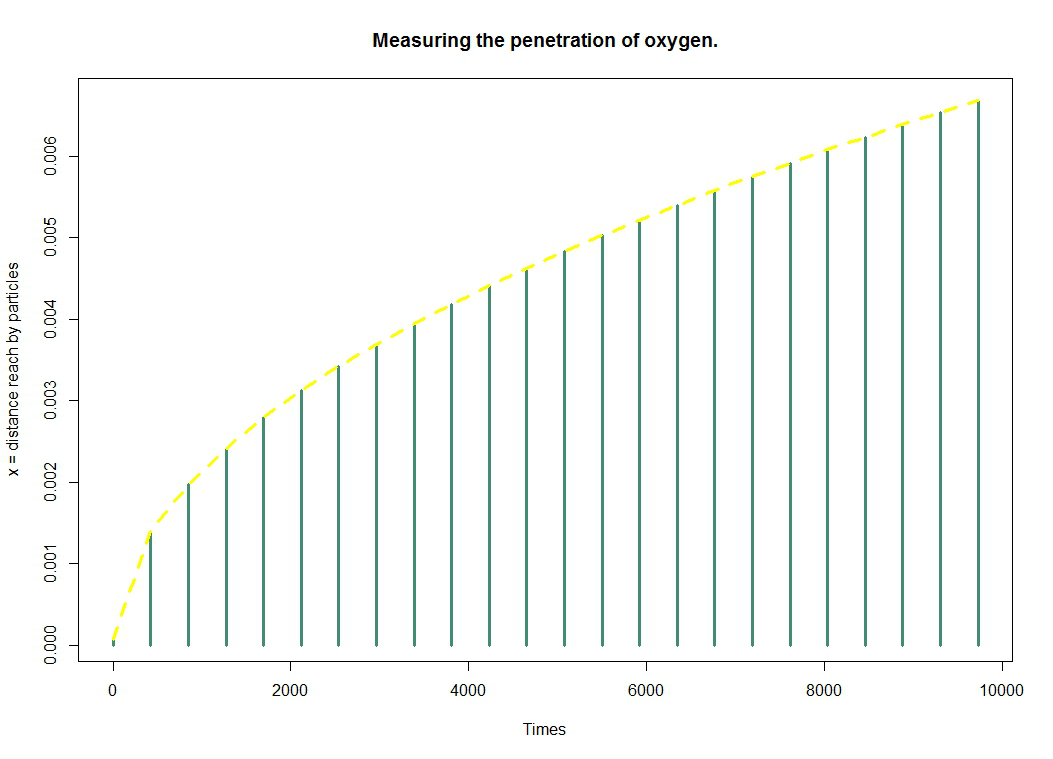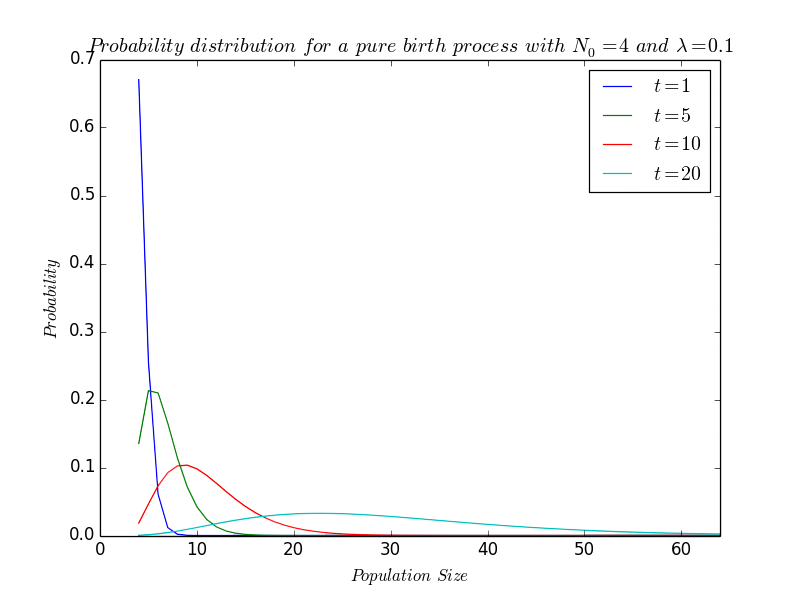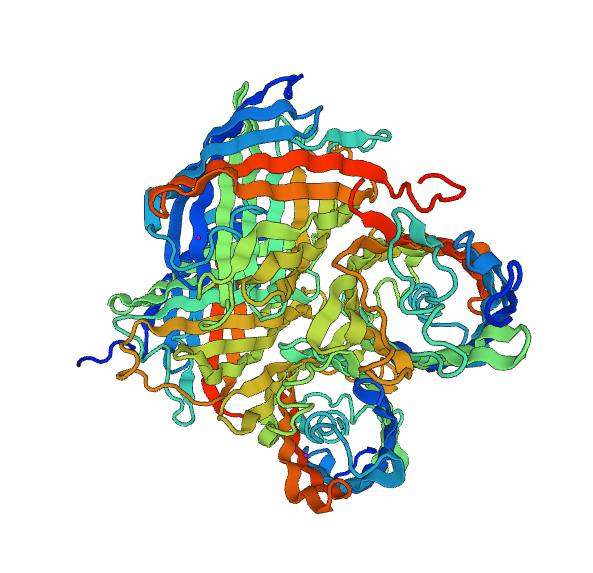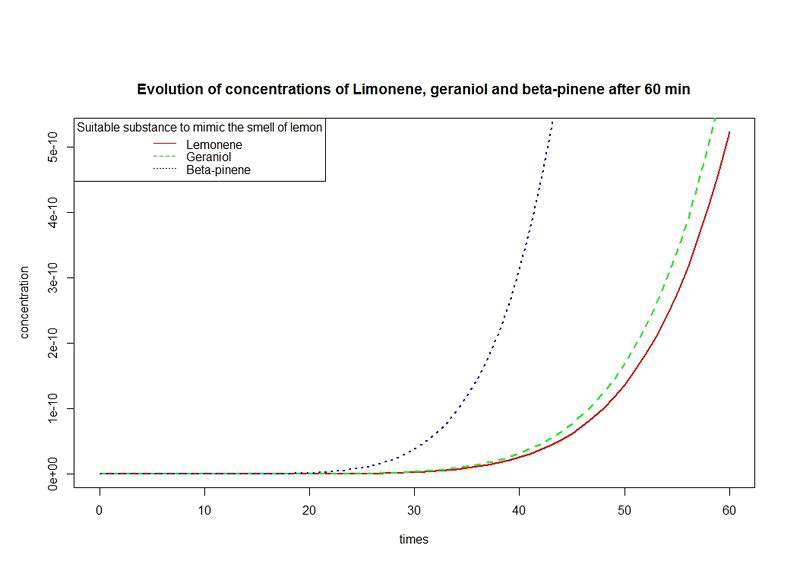Team:Paris Saclay/Modeling
From 2014.igem.org
m |
m (→Lemon Scent) |
||
| (77 intermediate revisions not shown) | |||
| Line 1: | Line 1: | ||
{{Team:Paris_Saclay/modeling_header}} | {{Team:Paris_Saclay/modeling_header}} | ||
| - | = | + | =Modeling= |
| - | + | ==Overview== | |
| + | An important part of our [https://2014.igem.org/Team:Paris_Saclay/Project project] is devoted to the concrete realization of a lemon by moulding it from agar gel. It is well explained in the [https://2014.igem.org/Team:Paris_Saclay/Project/Lemon_Shaping lemon shaping] part. | ||
| - | + | But, before starting more investigations and more experimentation, there is a real need to ensure that our project is feasible. We will tackle these following points : | |
| + | *By cutting a lemon, there is a slight yellow/green color on the surface and white on the inside. To reproduce this effect, we use a kill-switch system based on oxygen and had been achieved by the team iGEM Paris Saclay 2013. The more we penetrate into the gel, the less oxygen is present, the less kill-switch system is activated, the less bacteria will produce desired color, and the whiter the interior. For this, we must ensure that oxygen does not penetrate completely into the lemon. We decided to model [https://2014.igem.org/Team:Paris_Saclay/Modeling/oxygen_diffusion oxygen diffusion] into the gel. | ||
| - | * | + | *A major issue is the development of our bacteria in an agar medium. We noticed that the bacteria inside the gel grew less than those on the outside. We model the bacterial growth |
| - | + | *To be even closer to the reality, we will imitate the [https://2014.igem.org/Team:Paris_Saclay/Project/Salicylate_Inducible_System ripening process] of a real lemon. We wanted to test if we could get a green color by fusion of two chromoproteins one yellow and one blue. | |
| + | |||
| + | *Lastly, we obtain the [https://2014.igem.org/Team:Paris_Saclay/Project/Lemon_Scent lemon scent] by modifying ''E.coli'' in order to let it produce ''pinene'', ''limonene'' and ''geraniol'' but this does not ensure us that we will smell the lemon fragrance. | ||
| + | For all these reasons, modeling is really important for the concrete realization of our artwork and in general in an iGEM project! | ||
| - | + | ==[https://2014.igem.org/Team:Paris_Saclay/Modeling/oxygen_diffusion Oxygen Diffusion]== | |
| - | |||
| - | + | [[File:Paris_Saclay_oxygenpenetration.png|left|150px]] | |
| - | + | ''Is it possible to have a crust on the surface of the lemon by producing a "lemon coloration-like" by our bacteria ?'' | |
| + | We invite you to discover how we modelled the [https://2014.igem.org/Team:Paris_Saclay/Modeling/oxygen_diffusion oxygen diffusion] in order to answer this question. | ||
| - | + | ==[https://2014.igem.org/Team:Paris_Saclay/Modeling/bacterial_Growth Bacterial Growth]== | |
| - | + | [[File:Paris_Saclay_Pure_Birth_Process.png|left|150px]] | |
| - | + | Now that we know if bacteria could develop in agar or not, a natural issue is to predict the [https://2014.igem.org/Team:Paris_Saclay/Modeling/bacterial_Growth bacterial growth]. | |
| + | So, this part aims at predicting over time the bacterial population growth on an ellipsoidal object - a fake lemon in practice -. | ||
| + | More precisely, we have to determine the threshold of the initial proportion of bacteria for which we are sure that the population will never extinct... ''if this threshold exists!'' | ||
| + | ==[https://2014.igem.org/Team:Paris_Saclay/Modeling/Fusion_Proteine Fusion Protein]== | ||
| - | + | [[File:Paris_Saclay_BlueChromoSwissModStruct.png|left|150px]] | |
| - | + | An important aspect of our project is the color transition from green to yellow, in order to emulate the lemon maturation. | |
| + | To do this, we use a [https://2014.igem.org/Team:Paris_Saclay/Modeling/Fusion_Proteine fusion protein]. Before starting the fusion of the two chromoproteins -yellow and blue-, we have checked for their respective compatibility. That's why we discuss the structural modeling of the proteins. | ||
| + | ==[https://2014.igem.org/Team:Paris_Saclay/Modeling/odor Lemon Scent]== | ||
| + | [[File:Paris_Saclay_odor_60.png|left|150px]] | ||
| - | '''Note''' : | + | We need criteria to assess the scent of lemon. For this, we have process as follow: |
| + | |||
| + | * We evaluate the evolution of the concentrations of three fragrances over time. | ||
| + | * We give a procedure for estimating a suitable time interval in which we can say that we got the lemon smell as desired. | ||
| + | |||
| + | |||
| + | ---- | ||
| + | |||
| + | |||
| + | |||
| + | '''Note''' : Do not be afraid and run away because of seing mathematical formulae : ''Maths is fun'' and we have made a real effort to be as precise as possible in order non-mathematicians to understand. For example, in order not to disgust poor mathematical readers of others, we will just add one or two -for the warrior- star(s) to parts which need more mathematical background. Morever, we illustrated our work with figures which could be understood for themselves, without knowing the method to get them. | ||
{{Team:Paris_Saclay/default_footer}} | {{Team:Paris_Saclay/default_footer}} | ||
Latest revision as of 01:18, 18 October 2014

Contents |
Modeling
Overview
An important part of our project is devoted to the concrete realization of a lemon by moulding it from agar gel. It is well explained in the lemon shaping part.
But, before starting more investigations and more experimentation, there is a real need to ensure that our project is feasible. We will tackle these following points :
- By cutting a lemon, there is a slight yellow/green color on the surface and white on the inside. To reproduce this effect, we use a kill-switch system based on oxygen and had been achieved by the team iGEM Paris Saclay 2013. The more we penetrate into the gel, the less oxygen is present, the less kill-switch system is activated, the less bacteria will produce desired color, and the whiter the interior. For this, we must ensure that oxygen does not penetrate completely into the lemon. We decided to model oxygen diffusion into the gel.
- A major issue is the development of our bacteria in an agar medium. We noticed that the bacteria inside the gel grew less than those on the outside. We model the bacterial growth
- To be even closer to the reality, we will imitate the ripening process of a real lemon. We wanted to test if we could get a green color by fusion of two chromoproteins one yellow and one blue.
- Lastly, we obtain the lemon scent by modifying E.coli in order to let it produce pinene, limonene and geraniol but this does not ensure us that we will smell the lemon fragrance.
For all these reasons, modeling is really important for the concrete realization of our artwork and in general in an iGEM project!
Oxygen Diffusion
Is it possible to have a crust on the surface of the lemon by producing a "lemon coloration-like" by our bacteria ?
We invite you to discover how we modelled the oxygen diffusion in order to answer this question.
Bacterial Growth
Now that we know if bacteria could develop in agar or not, a natural issue is to predict the bacterial growth. So, this part aims at predicting over time the bacterial population growth on an ellipsoidal object - a fake lemon in practice -. More precisely, we have to determine the threshold of the initial proportion of bacteria for which we are sure that the population will never extinct... if this threshold exists!
Fusion Protein
An important aspect of our project is the color transition from green to yellow, in order to emulate the lemon maturation. To do this, we use a fusion protein. Before starting the fusion of the two chromoproteins -yellow and blue-, we have checked for their respective compatibility. That's why we discuss the structural modeling of the proteins.
Lemon Scent
We need criteria to assess the scent of lemon. For this, we have process as follow:
- We evaluate the evolution of the concentrations of three fragrances over time.
- We give a procedure for estimating a suitable time interval in which we can say that we got the lemon smell as desired.
Note : Do not be afraid and run away because of seing mathematical formulae : Maths is fun and we have made a real effort to be as precise as possible in order non-mathematicians to understand. For example, in order not to disgust poor mathematical readers of others, we will just add one or two -for the warrior- star(s) to parts which need more mathematical background. Morever, we illustrated our work with figures which could be understood for themselves, without knowing the method to get them.
 "
"








